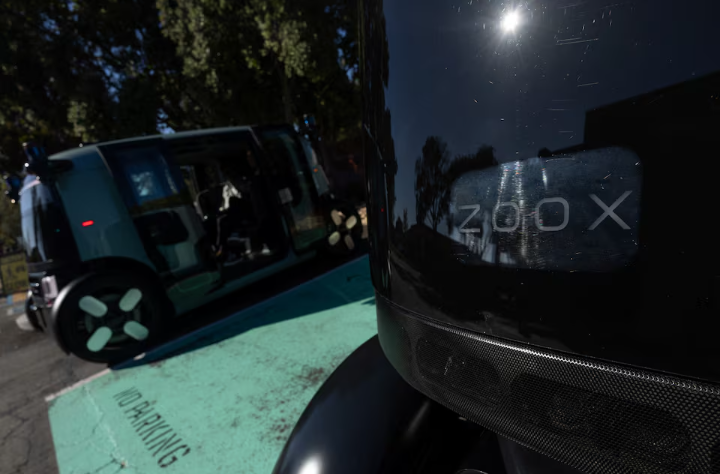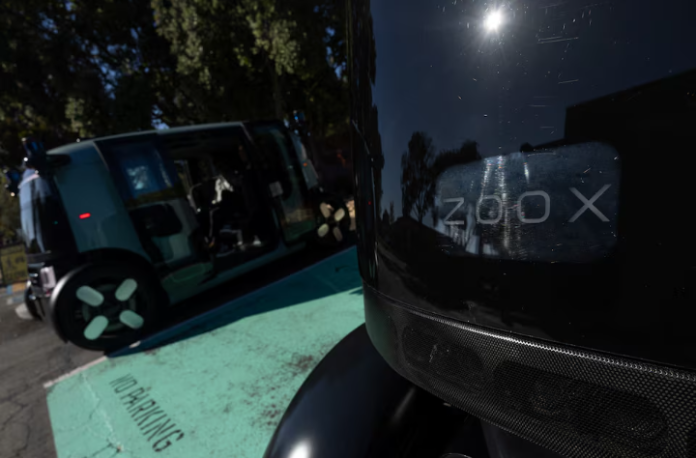In a major leap toward commercial autonomy, Amazon-owned Zoox has officially launched its first robotaxi production facility in Hayward, California. The 220,000-square-foot plant marks a pivotal moment for the company’s ambitions to roll out fully autonomous ride-hailing services — directly challenging tech giants Tesla and Alphabet’s Waymo in the robotaxi space.
The newly opened facility has the capacity to assemble over 10,000 self-driving vehicles per year once it reaches full production. Although Zoox hasn’t yet disclosed its initial output goals, the move signals that the company is gearing up for serious competition in the race to dominate autonomous transport.
Unlike many other players in the market, Zoox is building its vehicles from the ground up. These futuristic pods — described by some as “toaster ovens on wheels” — are purpose-built with no steering wheels or pedals. That’s a sharp contrast to Waymo, which retrofits existing vehicles, and Tesla, which is currently using Model Y SUVs for its autonomous fleet and plans to unveil its two-seat “Cybercab” robotaxi on June 22.
Zoox has already begun testing its vehicles in various U.S. cities, including San Francisco’s SoMa (South of Market) district, where public riders are expected to be onboarded soon. The company also has its sights set on Las Vegas, where it plans to kick off commercial operations later this year before expanding to San Francisco and beyond.
In a public statement, Zoox said, “This expansion, plus the anticipated demand once rides open up to the general public, and additional market entrances in the coming years warrants this increase in robotaxi production.”
Despite the excitement, the robotaxi industry has faced its share of challenges. Strict regulatory scrutiny, safety concerns, and high development costs have caused delays and triggered federal investigations and recalls for companies across the board — including Zoox, Waymo, and Tesla — following reported collisions and safety issues.

Still, momentum is building. Waymo has already been operating driverless taxis in select cities, gradually expanding its service footprint. Tesla, led by Elon Musk, is pushing forward aggressively, betting big on its autonomous software and upcoming Cybercab model.
What sets Zoox apart is its complete reimagining of vehicle design. Built from scratch with no human driver in mind, these vehicles offer a unique passenger-first experience. It’s a bold and risky bet, but one that could pay off if consumers and regulators embrace the vision.
With production now in motion and real-world testing underway, the battle for the streets is heating up. Will Zoox emerge as a leader in this new era of transportation? Time — and traffic — will tell.



